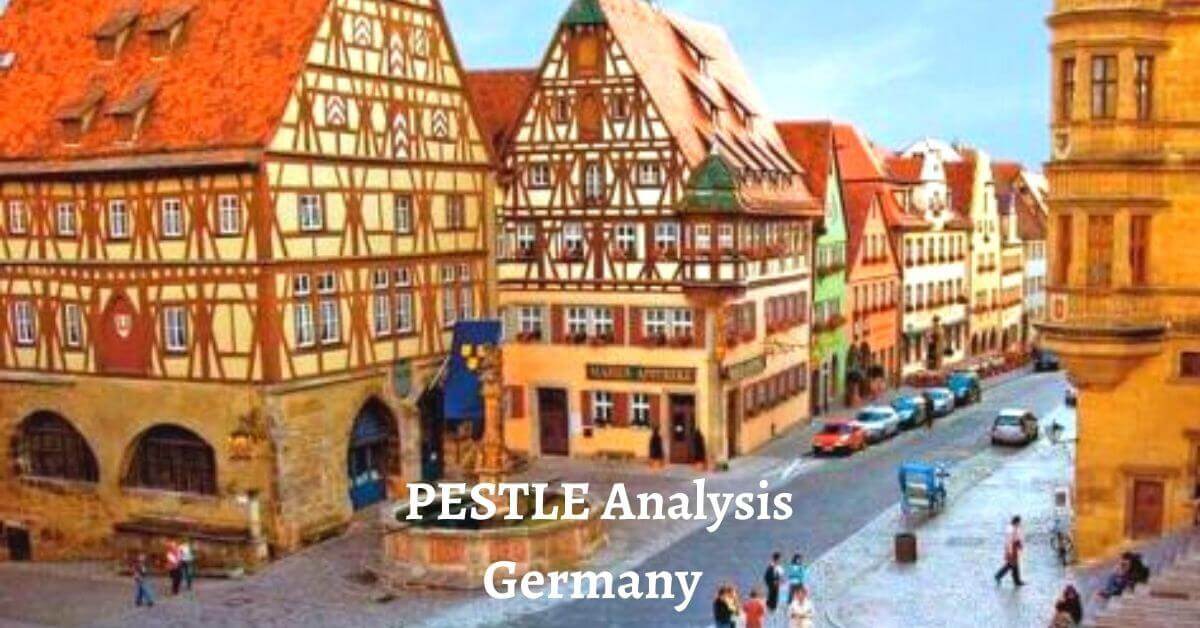Pestle analysis of Italy. The Italian Republic or Italy is a South European country. She shares the border with Tunisian water, Switzerland, San Marino, Vatican City, Slovenia, Austria, and France. Rome is the capital of the country.
Italy is the 3rd most populated country in the EU comprising more than 60,317,116 people, and it’s the 23rd most populous country worldwide. The total area of the country is 116,350 million square miles. However, Italian is the official language of the country. Roman Catholic Christianity is her majority religion.
Italy has a specific central location in central Europe, and that’s why it has attracted various ancient civilizations to inhabit the country at different times in history. In the 8th century BC, an Italic tribe laid the foundation of the Roman Kingdom and it became the Roman Empire in the 1st century BC.
The Roman Empire started falling apart due to the invasions and feudal monarchies in the neighboring states during the Middle Ages. Nationalism trend in the 19th century unified the country again in 1861. The economic crisis led the country towards a fascist dictatorial regime. Finally, it became the Italian Republic on June 02, 1946.
Today, we’ll discuss the pestle analysis of Italy. It’s going to focus on the macro-environmental factors impacting the world’s leading advanced country. Here’s the pestle analysis of Italy as follows;
Political factors impacting Italy
Government System
Italy follows the unitary parliamentary democratic system of government, where the President and the Prime Minister are the heads of the state and government. Three political parties are dominating the country’s political system. They’re as follows; the Lega, the Democratic Party, Five Star Movement. However, the country has made significant political progress since the fall of the fascist dictatorial regime.
Alliances & Relations
Italy has membership and alliances with the world’s leading institutions like G7, OSCE, WTO, OECD, UN, EEC, EU, and NATO. However, the Italian government has established friendly relations with other world countries. The extreme far-right political ideology has been the prominent cause of the problem.
Challenges
Italy has made a lot of progress after WWII. However, the country is still facing some challenges like a disagreement over election pledges, conflict among government partners and parties, and political instability. According to an estimate, Italy falls under the category of Europe’s most corrupt countries.
Efforts to Stop
Italy is one of those countries where the pandemic has spread much faster in the beginning. However, the government has taken strict measures to stop the spread of the virus. The strict lockdown and shutdown made many people uncomfortable. But they soon realized that the government’s actions were necessary and they turned out to be useful.
Economical factors affecting Italy
GDP
Italy is one of the world’s most economically developed countries. According to an estimate, the annual nominal GDP of Italy in 2020 was 2.001 trillion dollars, and it’s the 8th world’s highest. Out of which, the per capita of the country was 33,159 dollars, and it’s the 25th world’s highest. However, it’s important to mention here that the country has conflicted relations with Brussels over the country’s controversial budget.
Imports & Exports
Italy has established a reputation as the world’s leading exporting country. The country’s prominent exports are valves, spare parts of vehicles, refined petroleum, cars, and medical products. She exports these products to Spain, the UK, the USA, France, and Germany.
Italy’s top imports are spare parts for vehicles, petroleum products, medicine packaging, crude petroleum, and cars. She imports these products from Spain, the Netherlands, China, France, and Germany.
Top Industries
Italy is the leading manufacturer among the European countries. Those manufacturers are small family-run businesses and large corporations. Trade, service, agriculture, manufacturing, and tourism are some of her prominent industries. However, the country is facing a significant challenge of lower indigenous raw materials. She has no other choice except to import it from other countries.
Social factors affecting Italy
Culture & Trends
Italian society appreciates the participation of women in politics, education, and other fields of life. The young people love utilizing public spaces up to the full extent like parks, streets, discos, pizzerias, cinemas, café, bars, and markets, where they meet their friends and loved ones.
However, it’s worth mentioning it here many Africans and Asians have experienced racial discrimination in the country. Most importantly, many tourists have also complained about the poor Italian customer service.
Demography
Approximately more than 60 million people are populating Italy. The average life of men and women is 81 and 86 years old. The country’s majority religion is Christianity, Atheism, Islam, and Buddhism some of the other beliefs.
Italy is facing a serious challenge of increasing aging people; approximately 60% of its population is above 40 years old. The pandemic crisis has impacted badly elderly people. Hate crime, increasing organized crime, and higher unemployment are some of the main challenges.
Technological Factors Impacting Italy
Tech Growth
Italy falls under the category of Europe’s top four technologically developed countries. She has achieved exponential technological progress over the past few years. According to an estimate, roundabout 105,000 tech companies in different areas are operating their business in the country. Cloud computing and robotics are some of the country’s top experts and growing areas.
Internet & Tech Issues
Tech companies are investing their resources in the country’s research and development departments. The usage of the internet is increasing exponentially. However, slow tech growth, lower technological training institutions, and poor intent connectivity are some of the main tech issues that are declining the country’s progress.
Legal Factors Affecting Italy
Regulations
The Italian government has been providing incentives like a tax credit, cash grants, and subsidy loans to increase the FDI rate and boost investment. It’s a bit difficult for foreign business to launch their business in Italy. However, employees have a right to severance pay, maternity leave, sick leave, holiday, and statutory employment rights.
Environmental factors affecting Italy
Challenges
Italy has progressed economically and technologically to a great extent. But she’s also facing environmental challenges like flooding, soil erosion, over-packaging, depletion of scarce natural resources, water pollution, climate change, waste management, and air pollution.
Tourism
Italy is home to the world’s most scenic beautiful places on earth. Milan, Tuscany, the Vatican, Venice, Florence, and Rome have remarkable architecture. Some of the other country’s beautiful sites are the Mediterranean coast, renaissance buildings, artistic architecture, world heritage sites, cathedral, and charming landscapes. They promote her tourism industry.
Conclusion: Italy PESTLE Analysis Example Country
After an in-depth study of the pestle analysis of Italy, we’ve concluded that Italy is indeed the world’s leading developed country. The increasing crime rate, environmental issues, and declining tech growth are the country’s main issues. Italy should address them before they could do any more damage; while paying heed to the external political, economical, social, technological, legal, and environmental factors impacting the country.

Ahsan Ali Shaw is an accomplished Business Writer, Analyst, and Public Speaker. Other than that, he’s a fun loving person.


